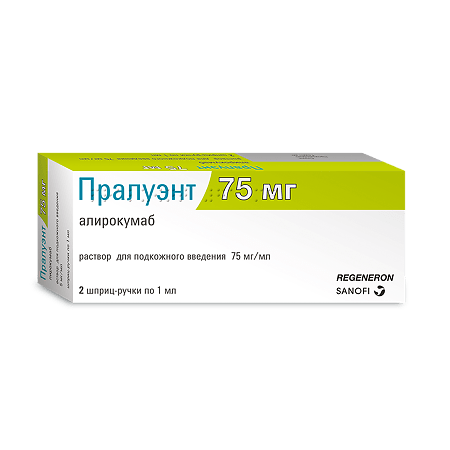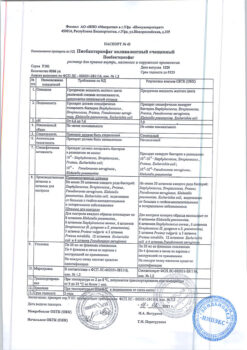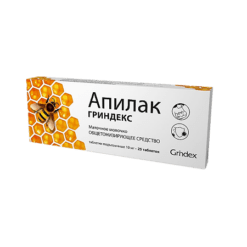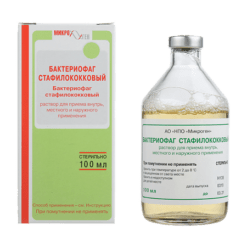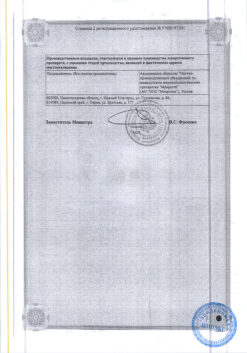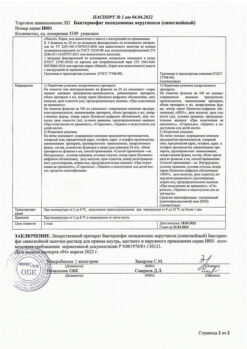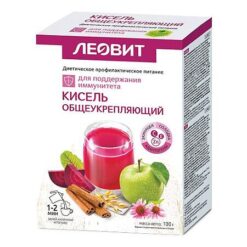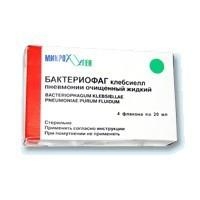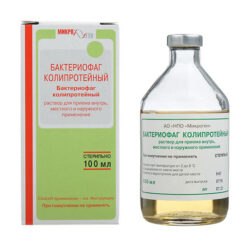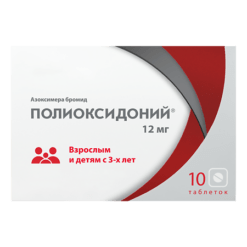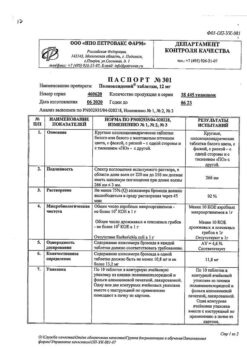No products in the cart.
Praluent,extract 75 mg/ml 1 ml syringe-pen 2 pcs
€1.00
Out of stock
(E-mail when Stock is available)
Description
A fully humanized monoclonal antibody [immunoglobulin isotype G1 (IgG1)] targeting the enzyme proprotein convertase subtilisin-kexin type 9 (PCSK9). Alirocumab is produced by recombinant DNA technology using a suspension culture of Chinese hamster ovary cells.
Alirocumab has a molecular weight of approximately 146 kDa.
PCSK9 binds to LDL receptors (R-LDL) on the surface of hepatocytes, promoting the degradation of R-LDL in the liver. R-LDLs are the main receptors that remove circulating LDL from the systemic bloodstream, so a decrease in R-LDL when it binds to PCSK9 leads to an increase in the concentration of hs-LDL in the blood. By inhibiting PCSK9 binding to P-LDL, alirocumab increases the amount of P-LDL for LDL excretion, thus reducing the concentrations of hs-LDL in blood.
P-LDL also binds triglyceride-rich (TG) remnant LDL and LDL. Therefore, treatment with alirocumab may decrease concentrations of these remnant lipoproteins, as evidenced by their decrease in apolipoprotein B (Apo B), non-high-density lipoprotein cholesterol (hs-LDLNP) and TG.
Alirocumab also reduces concentrations of lipoprotein a (LP(a)), which is a form of LDL that is related to apolipoprotein (a). However, P-LDL has been shown to have low affinity for LDL(a), so the exact mechanism by which alirocumab reduces LDL(a) is not fully established.
Human genetic studies have identified variants of the PCSK9 gene with loss-of-function or gain-of-function mutations. Patients with one PCSK9 allele with a loss-of-function mutation had lower concentrations of Chs-LDL, which correlated with a significantly lower incidence of CHD.
Some patients had loss-of-function mutations in the two alleles and had very low blood concentrations of hs-LDL with blood concentrations of hs-LDL and TG in the normal range. In contrast, up-regulation mutations in the PCSK9 gene were found in patients with elevated blood concentrations of hs-LDL and a clinical diagnosis of familial hypercholesterolemia.
. An observational analysis showed that without treatment, blood concentrations of hs-LDL in patients with upregulation mutations in the PCSK9 gene were in a range similar to that observed in patients with more common mutations causing heterozygous familial hypercholesterolemia (such as mutations in the P-LDL gene), demonstrating the central role of the PCSK9 enzyme in hs-LDL metabolism and its blood concentrations.
In a multicenter, double-blind, placebo-controlled study lasting 14 weeks, 13 patients with a heterozygous form of familial hypercholesterolemia associated with an upregulation mutation in the PCSK9 gene were randomized into 2 groups: a group receiving alirocumab at a dose of 150 mg once every 2 weeks and a group receiving placebo.
The median blood Chs-LDL concentration was 151.5 mg/dL. At week 2 of treatment, the mean reduction in baseline blood CHDL concentration was 62.5% in the alirocumab-treated group compared with 8.8% in patients receiving placebo. At week 8 of treatment, the mean decrease in blood CHDL concentration from baseline in all patients receiving alirocumab was 72.4%.
A large number of studies in humans and animals have demonstrated the central role that elevated blood concentrations of Chs-LDL play in the onset and progression of atherosclerosis.
Other lipoproteins containing Apo B-100, especially triglyceride-rich remnant lipoproteins (formed from HDL-CLDL and LDL-CLDL) and LP(a), are also thought to contribute to the development of atherosclerosis. However, studies to date have found no independent effect of decreasing concentrations of these lipoproteins on cardiovascular morbidity and mortality.
In in vitro studies, alirocumab did not induce antibody-dependent cell-mediated toxicity and complement-dependent cytotoxicity (Fc-mediated effector function) in both the presence and absence of PCSK9. No formation of insoluble immune complexes capable of binding complement proteins was observed in alirocumab bound to PCSK9.
Pharmacokinetics
After p/k administration at a dose of 50-300 mg, the average time to reach Cmax of alirocumab in serum was 3-7 days. The pharmacokinetics of alirocumab were similar after a single p/c injection at a dose of 75 mg in the abdomen, thigh, or shoulder. According to a population-based pharmacokinetic analysis, the absolute bioavailability of alirocumab after p/c administration was 85%.
Significantly greater (2.1-2.7-fold) than dose-proportional increases in alirocumab concentrations were observed when the dose was increased twice from 75 mg to 150 mg once every 2 weeks.
The equilibrium state was reached after administering 2-3 doses with twice the accumulation rate.
After IV administration, the Vd of alirocumab was 0.04-0.05 L/kg, indicating distribution of alirocumab primarily in the circulatory system.
Alirocumab is thought to break down into small peptides and individual amino acids.
Alirocumab has had 2 phases of excretion. At low concentrations, elimination occurs predominantly through a saturable binding to the target (PCSK9), while at higher concentrations, elimination of alirocumab occurs predominantly through an unsaturated proteolytic pathway.
In a population-based pharmacokinetic analysis, the mean T1/2 of alirocumab was 17-20 days in patients receiving alirocumab in monotherapy subcutaneously at doses of 75 mg once every 2 weeks or 150 mg once every 2 weeks. When used concomitantly with statins, the mean T1/2 of alirocumab was 12 days.
Indications
Indications
The drug Praluent is indicated for long-term treatment of adult patients with primary hypercholesterolemia (non-family and heterozygous form of familial hypercholesterolemia) or mixed dyslipidemia, including patients with type 2 diabetes, in addition to diet, to reduce low-density lipoprotein cholesterol (LDL-C) total cholesterol (total-C), non-high-density lipoprotein cholesterol (HDL-C), apolipoprotein B (Apo B), triglycerides (TG) and lipoprotein a (LPa) and increase high-density lipoprotein cholesterol (HDL-C) and apolipoprotein A-1 (Apo A-1). The drug Praluent is indicated for:
The effect of Praluent on cardiovascular morbidity and mortality is currently unknown.
Active ingredient
Active ingredient
Composition
Composition
How to take, the dosage
How to take, the dosage
Interaction
Interaction
Special Instructions
Special Instructions
Allergic reactions
The development of generalized allergic reactions, including pruritus, has been reported in clinical trials; rare and sometimes severe cases of allergic reactions such as hypersensitivity reactions, montane eczema, urticaria and allergic vasculitis have also been reported.
In the event of symptoms and signs of serious allergic reactions, treatment with Praluent should be discontinued and appropriate symptomatic therapy should be initiated.
Influence on fertility
There are no data on adverse effects of alirocumab on fertility.
Elderly patients
There are limited data on the use of alirocumab in patients over 75 years of age. In controlled trials, 1,158 patients (34.7%) who received Praluent were aged >65 years, and 241 patients (7.2%) who received Praluent were aged >75 years. There were no significant differences in safety or efficacy of Praluent with increasing age.
Renal failure
In clinical trials, the number of patients with severe renal impairment (creatinine clearance <30 ml/min/1.73 m2) was limited. Praluent should be used with caution in patients with severe renal impairment (see section “Caution”).
Hepatic failure
There have been no studies of alirocumab in patients with severe hepatic impairment (Child-Pugh class C). Praluent should be used with caution in this category of patients (see section “Caution”).
Impact on driving and operating machinery
Praluent has little or no effect on the ability to drive vehicles and operate machinery.
Contraindications
Contraindications
With caution
Side effects
Side effects
Immune system disorders: rare: – hypersensitivity, allergic vasculitis.
Respiratory system disorders: often – subjective symptoms and objective signs of the upper respiratory tract, including pain in the oropharynx, rhinorrhea, sneezing.
Skin and subcutaneous tissue: often – skin itching; rarely – urticaria, coin eczema.
Others: often – reactions at the site of administration of the drug, including erythema/hyperemia, skin itching, edema, pain/painful sensitivity.
Overdose
Overdose
Pregnancy use
Pregnancy use
Additional information
| Shelf life | 2 years. |
|---|---|
| Conditions of storage | Store at the temperature from 2°C to 8°C. Do not freeze. Keep out of reach of children. |
| Manufacturer | Sanofi Winthrop Industry, France |
| Medication form | solution |
| Brand | Sanofi Winthrop Industry |
Related products
Buy Praluent,extract 75 mg/ml 1 ml syringe-pen 2 pcs with delivery to USA, UK, Europe and over 120 other countries.

